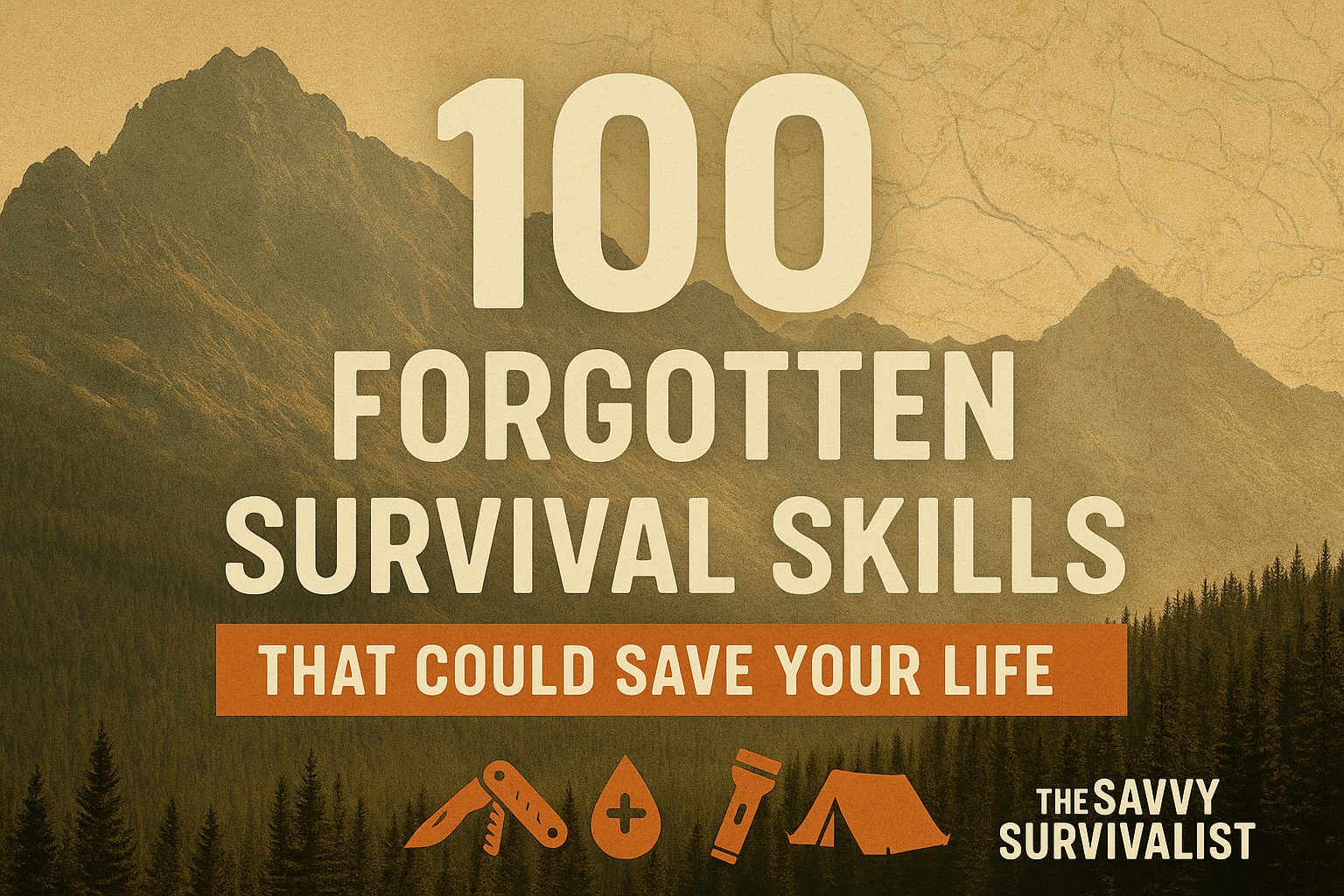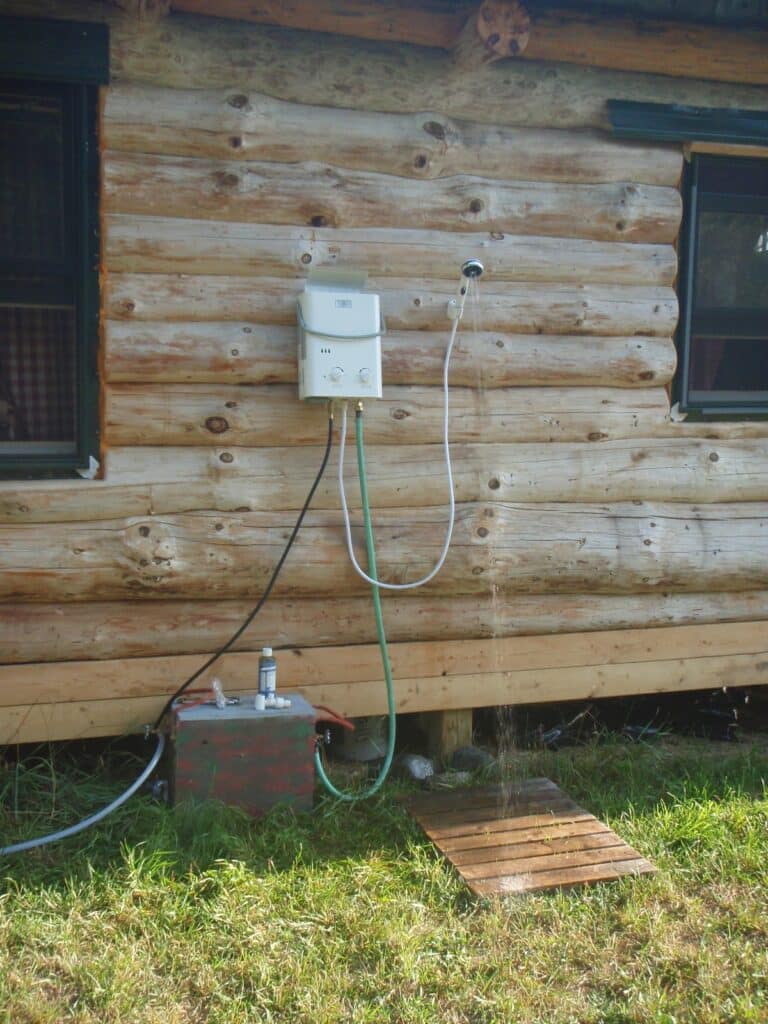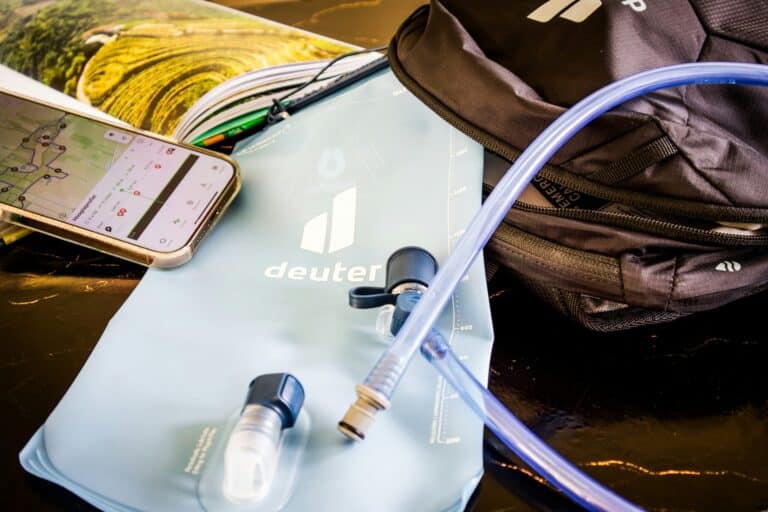100 Forgotten Survival Skills That Could Save Your Life
Survival Isn’t Luck — It’s Skill
Forgotten survival skills aren’t just old-fashioned tricks—they’re the difference between panic and preparedness. When the grid goes dark, when panic takes over, and when the comfort of civilization disappears, you’ll only have one thing left to rely on: your skill.
This post contains affiliate links. I may earn a small commission at no extra cost to you. Learn more.
Gear breaks. Batteries die. Maps blow away. But a trained survivalist can adapt to any environment with little more than a knife, a spark, and grit.
The hard truth? Most people today can’t last 24 hours without a phone or running water. They confuse convenience for capability. But you’re not “most people.” You’re here because you’d rather be ready than lucky.
In this guide, we’re breaking down the 10 Core Survival Skills Every Savvy Survivalist Must Master—the same fundamentals our ancestors depended on long before GPS and gear catalogs existed.
You’ll learn how to:
-
Build reliable shelter and fire from raw materials
-
Find and purify water anywhere on earth
-
Forage for food safely and effectively
-
Navigate without technology
-
Stay clean, healthy, and mentally sharp in chaos
This isn’t theory. These are field-tested skills built for real-world survival—wilderness, urban, or grid-down. Master them now, and you’ll never look at a storm, blackout, or disaster the same way again.
🔥 1. Shelter & Firecraft
Mastering shelter and fire is survival 101. Without them, exposure can kill in hours—not days. Before modern tents and lighters, people relied entirely on natural materials and friction methods. Below is a deeper dive into constructing quick shelters, gathering the right materials, and igniting reliable fires—even in damp conditions.
A. Building a Debris Hut
- Choose Your Frame: Find two sturdy poles (6–8 ft long) and lean them together at a 45° angle against a fallen log or stout forked tree branch.
- Layering for Insulation: Pile branches, leafy boughs, pine needles, and ferns thickly over the frame—aim for at least 2 ft of material so heat can’t seep out.
- Ventilation & Entrance: Leave a small “chimney” gap at the top for smoke to exit, and a low, narrow entrance that you can block quickly at night.
B. Making a Lean-To
- Select a Backstop: Use a fallen tree, boulder, or ridge of earth as the support for your ridgepole.
- Ridgepole & Ribbing: Lash a straight pole horizontally at chest height. Lean shorter sticks (“ribs”) at ~30° angles against it.
- Covering: Weave branches horizontally through the ribs, then layer leaves and moss for insulation and rain-shedding.
C. Friction-Based Firecraft
Key Ingredients: Tinder (dry grass, birch bark), kindling (small sticks), and fuel wood (3–4 in diameter).
- Flint & Steel:
- Create a small pile of char cloth or punk wood under a slight “shelter” of tinder.
- Strike the steel against the flint at a 45° angle, directing sparks into your tinder nest.
- Gently blow on the ember until it catches.
- Bow Drill Technique:
- Carve a spindle and fireboard from softwood (e.g., cedar, willow).
- Wrap cordage around the spindle, secure in a bow.
- Brace the fireboard in a notch, apply downward pressure with a handhold.
- Saw the bow back and forth—friction will create a hot coal.
D. Enhancing Your Fire’s Efficiency
- Fire Reflector Wall: Position large flat logs or rocks behind the fire to bounce heat back into your shelter.
- Rainproof Lay: Stack dry kindling on a flat piece of bark or large leaf, then build your fire on top—this keeps moisture from seeping up.
- Dakota Fire Hole: Dig two connected holes—a surface-level fire pit and a ventilation shaft—to concentrate heat and hide flames.
👉 Gear to Try:
Flint & Steel Fire Starter Kit
Bow Drill Starter Kit
💧 2. Water Sourcing & Purification
Water is non-negotiable—without at least a pint every few hours you’ll be in serious trouble within three days. In an emergency, you need to both find water and make it safe to drink.
A. Locating Water
- Track Animal Trails: Follow game tracks, hoofprints, or droppings downhill toward streams or ponds.
- Harvest Morning Dew: Lay a clean cloth on dewy grass before sunrise, then wring it into your container.
- Follow Bird & Insect Activity: Birds at dawn/dusk and swarms of insects at midday often mark water sources.
- Solar Still: Dig a 2–3 ft pit, place a container inside, cover with clear plastic, weight the center so condensation drips into it.
- Tree Transpiration Bag: Tie a clear plastic bag around a leafy branch; humidity will condense inside.
Red Flags: Avoid water that’s green, scummy, foul-smelling, or shows an oily sheen—these often harbor pathogens.
B. Purification Methods
- Boiling (Gold Standard): Rolling boil for 1 min (3 min above 6,500 ft) kills bacteria, viruses, protozoa.
- DIY Charcoal & Sand Filter: Layer cloth → fine sand → activated charcoal → coarse sand → gravel; pour slowly, then boil.
- Chemical Treatment: 2 drops bleach per quart (30 min wait), or iodine per manufacturer’s directions.
- UV/Solar Disinfection: SODIS—6–10 hrs in sun; or UV-LED pen—60–90 sec stir.
👉 Gear to Try:
LifeStraw Personal Water Filter
Sawyer MINI Water Filtration System
🍳 3. Food Foraging & Wild Edibles
When grocery stores are empty and you’ve eaten the last can of beans, knowing which wild foods are safe—and how to harvest them efficiently—can keep you going.
A. Identifying & Testing Wild Plants
- Key Genera: Dandelion, Clover, Chickweed, Plantain, Cattail, Wild onions/garlic.
- Universal Edibility Protocol:
- Separate parts (leaf, stem, root, flower).
- Smell for bitterness/irritation.
- Skin test → 15 min wait.
- Lip test → 15 min wait.
- Chew tiny piece → 15 min hold.
- Swallow small bite → 8 hr wait.
B. Harvesting Nuts, Seeds & Saps
- Acorns: Leach tannins by soaking shelled acorns until clear.
- Walnuts & Pine Nuts: Collect when hulls split; shell and eat raw or roast.
- Tree Saps: Tap maple/birch; boil to concentrate or drink fresh.
- Roots & Tubers: Dig with a stick; parboil tougher roots (e.g., burdock).
C. Small Game, Fish & Insects
- Snares & Deadfall Traps: Figure-4 deadfall for small mammals.
- Cable Snares: Loop wire/cord just off ground in game trails.
- Fish Traps: Woven baskets or stone enclosures baited with crumbs or insects.
- Insect Foraging: Roast crickets, grasshoppers, larvae—ensure non-pesticide areas.
D. Tools & Techniques
- Digging Stick: Harden over fire, pry up roots.
- Foraging Bag: Breathable sack or basket.
- Pocket Knife: Trim stems, slice mushrooms, clean game.
- Field Guide & Notebook: Record tests and locations.
- Drying Rack: Lash sticks into a frame for air-drying.
👉 Gear to Try:
Survival Foraging Guidebook
Pocket Snare Kit
🪓 4. Primitive Tools & Bushcraft
Before manufactured gear existed, early humans crafted everything from scratch. These foundational skills let you turn raw materials into essential tools.
A. Stone Tool Creation
- Flint Knapping: Flake razor-sharp blades and arrowheads from quartz or flint.
- Sharpen Sticks: Harden shafts in fire, then carve pointed tips for spears, digging, or stakes.
B. Cordage & Binding
- Make Cordage: Twist bark, grasses, or roots into strong rope for tying and lashing.
- Digging Adze: Lash a beveled stone head onto a wooden handle for carving and earthwork.
- Bushcraft Bench: Lash logs to form a raised work surface or sleeping platform.
C. Wood & Composite Tools
- Survival Bow: String a flexible branch with cordage for hunting or signaling.
- Wooden Mallet: Carve a hardwood block to pound stakes, split kindling, or fashion tools.
D. Miscellaneous Constructions
- Stone Hammers & Axes: Bind shaped stones to handles with vines or cordage.
- Clay Bowls: Mold wet clay into bowls and bake in coals for cooking or storage.
- Natural Netting: Weave fibers into mesh for fishing traps, berry gathering, or carrying gear.
👉 Gear to Try:
Bushcraft Knife & Flint Set
Bushcraft Hand Auger Tool
🧭 5. Navigation & Orientation
When your GPS or phone battery dies, these time-tested tricks will keep you headed the right way.
A. Solar & Shadow Methods
- Read the Sun: Use sunrise/sunset angles to estimate east or west.
- Shadow Stick Compass: Mark the tip of a stick’s shadow, wait 15 min, then draw an east–west line between marks.
B. Stellar & Timepiece Navigation
- Watch as Compass: Point the hour hand at the sun; mid-angle to 12 o’clock indicates south (Northern Hemisphere).
- Navigate by Stars: Find Polaris in the north or the Southern Cross in the south.
C. Landmarks & Nature Cues
- Mark Trails: Use notches or cairns to note paths.
- Follow Water Flow: Streams lead downhill toward roads or settlements.
- Wildlife Patterns: Birds and insects often head toward water sources.
- Cloud Movement: Prevailing winds can be deduced from cloud direction.
D. Map & Moss Myths
- Map & Compass: Read contour lines, take bearings, and triangulate positions.
- Moss Myth: Moss can grow on multiple sides—always confirm with other cues.
👉 Gear to Try:
Professional Orienteering Compass
Tactical Signal Mirror
🧵 6. Clothing, Carrying & Repair
When your gear takes a hit, basic clothing and repair skills keep you comfortable and mobile.
A. Packing & Carrying
- Make a Bedroll: Roll blankets or clothing burrito-style and lash with cordage.
- Frame Pack: Lash sticks and cloth to create a simple carrying frame.
- Grass/Bark Basket: Weave breathable baskets for foraging.
B. Footwear & Fabric Care
- Dry Boots & Socks: Hang near (not over) fire to dry without damage.
- Oil Leather Gear: Rub beeswax or fat into leather for water resistance.
- Reinforce Seams: Cross-stitch stress points to prevent tears.
C. Sewing & Patching
- Hand Sewing: Use bone needles or thorns with cordage.
- Patch Tents/Tarps: Use duct tape, fabric scraps, or melted plastic.
D. Improvised Insulation & Footwear
- Make Insulation: Layer fur, leaves, or fabric inside clothing for warmth.
- Emergency Shoes: Wrap bark or cloth around feet and secure with cordage.
👉 Gear to Try:
Survival Sewing Kit
Heavy-Duty Paracord (100 ft)
🧼 7. Hygiene, Sanitation & Waste
Maintaining cleanliness and managing waste prevents disease and keeps morale up.
A. Waste Management
- Latrine Trench: Dig at least 200 ft from water; bury or cover waste after each use.
- Trash Pit: Burn or bury non-biodegradable waste away from camp.
B. Personal Hygiene
- Tippy-Tap: DIY foot-operated handwash station.
- Ash/Sand Soap: Use abrasive materials to scrub hands and utensils.
- DIY Soap: Combine fat with wood ash for basic cleansing bars.
C. Laundry & Clothing Care
- Boil Clothes: Heat garments to kill lice, ticks, and bacteria.
- Sun-Dry Laundry: Hang items in direct sunlight for sterilization.
D. Camp Cleanliness
- Solar Shower: Heat water in a dark container by the sun.
- Rotate Duties: Share chores to maintain hygiene and morale.
👉 Gear to Try:
Compact Hygiene Kit
Portable Solar Shower Bag
🩹 8. First Aid & Herbal Medicine
Injury or illness is likely—these old-school remedies and techniques can save lives.
A. Herbal Remedies
- Plantain/Yarrow Poultice: Paste for cuts and abrasions.
- Pine Resin Antiseptic: Moldable cover to prevent infection.
- Boiled Willow Bark: Extract natural aspirin for pain and fever.
- Herbal Teas: Mullein, peppermint, elderberry for respiratory, digestive, and immune support.
B. Poultices & Topicals
- Charcoal Poultice: Bind toxins in wounds.
- Raw Honey: Antibacterial treatment for cuts and burns.
C. Bleeding Control & Support
- Field Splints & Pressure Points: Control arterial bleeding.
- Slings & Bandages: Improvised fabric dressings.
D. Kit Essentials & Fever Relief
- First Aid Kit: Gauze, tweezers, tourniquets, antiseptic wipes, personal meds.
- Fever Herbs: Brew yarrow, catnip, or elderflower infusions.
👉 Gear to Try:
Deluxe Wilderness First Aid Kit
Herbal Rescue Salve
🛡️ 9. Communication, Security & Defense
Signaling rescuers or protecting your group can be just as critical as building shelter.
A. Signaling
- Smoke & Mirrors: Flash mirror or smoky fire to attract attention.
- Coded Whistles: Pre-arranged sound patterns for team recognition.
B. Alert & Defense
- Perimeter Noise Traps: Cans or bells to detect intruders.
- Improvised Weapons: Sharpened sticks, slingshots, or rocks.
C. Camouflage & Deception
- Low-Light Movement: Use red or covered white light to avoid silhouettes.
- Decoy Camps: Fake shelters and trails to mislead observers.
- Hidden Caches: Bury gear in waterproof containers with discreet markers.
D. Team Security Practices
- Mutual Aid: Pair up for watch duty.
- Stealth Techniques: Minimize smoke, noise, and visibility.
👉 Gear to Try:
Emergency Signal Whistle
Bear-Bell Alarm
🧠10. Mental Fortitude & Community
Survival isn’t just about gear—it’s about mindset and teamwork.
A. Mindset & Resilience
- Stoicism & Mindfulness: Breathing exercises and meditation to control fear.
- Gratitude & Grounding: Daily reflections to boost morale.
B. Record Keeping & Routines
- Journal Progress: Log tasks, observations, and feelings.
- Roles & Schedules: Assign chores to maintain order.
C. Morale & Social Bonds
- Celebrate Victories: Acknowledge each success, no matter how small.
- Bartering & Storytelling: Build trust and community value.
D. Leadership & Support
- Grief Rituals: Process emotions with simple ceremonies.
- Leadership Skills: Calm, decisive guidance under pressure.
- Build Networks: Connect with local prepper groups before needed.
👉 Gear to Try:
Rite in the Rain Survival Journal
Mindfulness Guidebook







